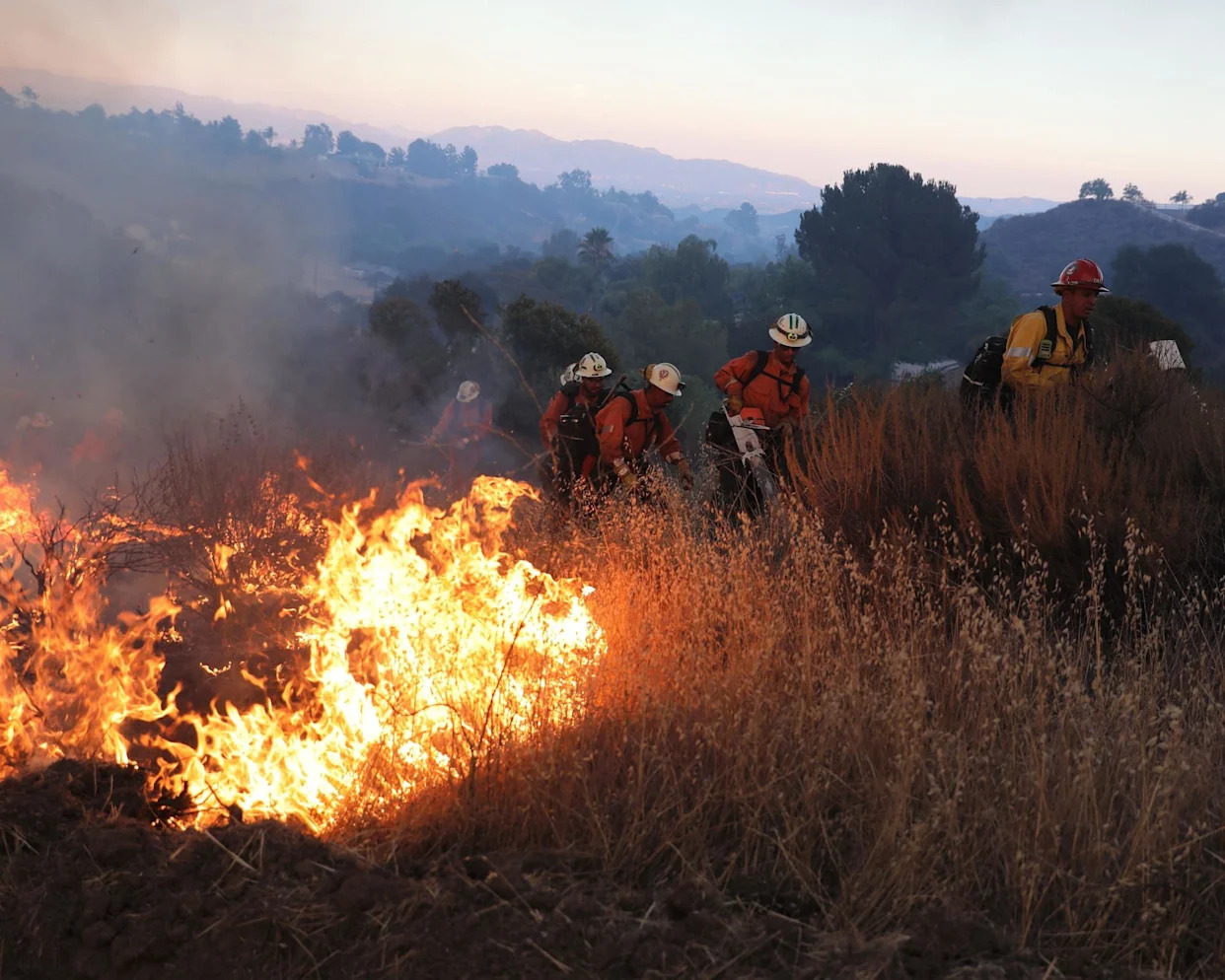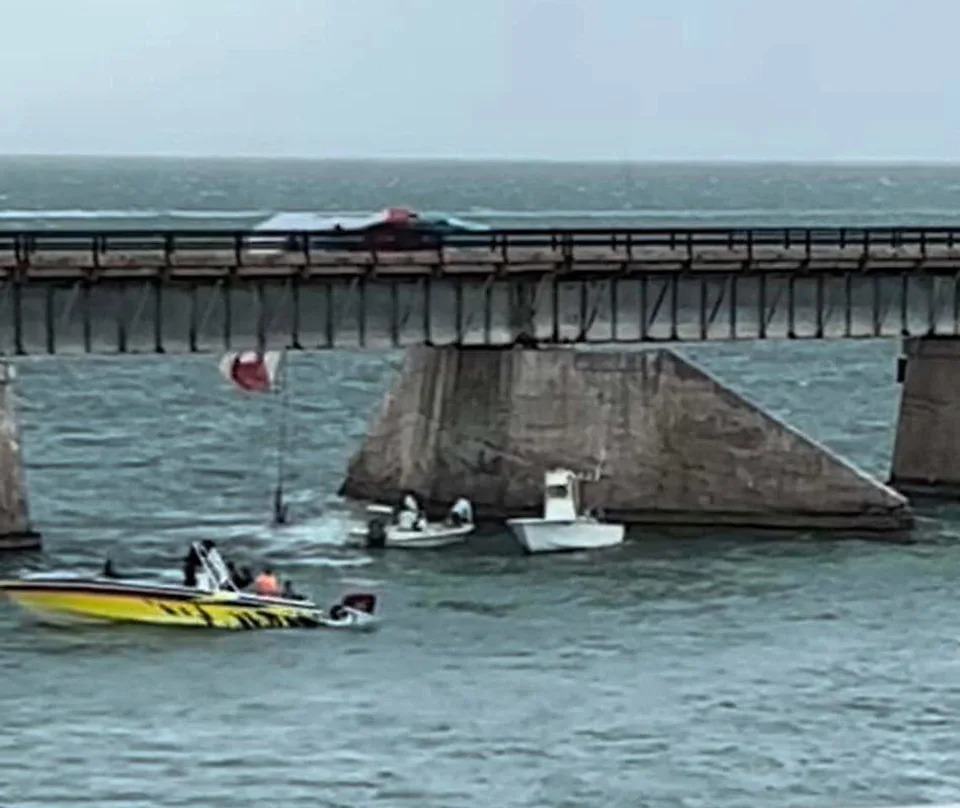
Firefighters in Colorado responding to one of the largest blazes in the state’s history are facing gusty winds and dry conditions that are expected to continue to drive extreme fire behavior.
More than 1,000 firefighters have been deployed, and while crews have gained containment on one fire, another has grown amid fire-friendly weather.
The Lee fire, churning through dry trees and brush about 250 miles (400km) away from Meeker, is now the fifth largest single fire in the state’s history, according to the Colorado division of fire prevention and control. The area has recently endured extreme drought conditions, and has “volatile” fuel loads, officials said.
The blaze, sparked by lightning on 2 August, had burned through more than 130,000 acres (52,000 hectares) by Monday morning and was just 7% contained. Low humidity and gusty winds were expected to return to the area, which combined with dry fuels, can cause extreme fire behavior, such as winds that carry embers over long distances and cause additional fires, officials aid.
Related: Colorado prison evacuated as wildfire becomes one of largest in state history
Another major blaze in the region, the Elk fire, is burning to the east of the Lee fire, and has scorched more than 14,000 acres and is 30% contained. Officials have said containment has continued to increase and that crews are working to reinforce existing fire lines.
On Monday, the Colorado governor, Jared Polis, declared a disaster emergency to support response efforts for the Oak fire, which is burning in Pagosa Springs, Archuleta county.
Evacuations are in place for mountain communities across Garfield and Rio Blanco counties. On Saturday, the Rifle correctional center was evacuated “out of an abundance of caution”, the Colorado department of corrections said.
Smoke caused by the fires has prompted air quality warnings.
Meanwhile, in southern California, crews reached more than 90% containment on the Canyon fire that forced evacuations and destroyed seven structures after breaking out Thursday near the Los Angeles county and Ventura county line. Three firefighters have been injured in that blaze, including a battalion chief who was seriously hurt when his pickup truck rolled over in steep terrain.
The Gifford fire, California’s largest blaze so far this year, has scorched nearly 120,000 acres of Santa Barbara and San Luis Obispo counties since erupting on 1 August. It was 33% contained on Monday.
With months left before the highest fire risks subside, it has already been an explosive year for fire across North America. Nearly all available firefighting resources are deployed in the US, as 36 large fires actively burn across the country.
In Canada, hundreds of wildfires continue to burn out of control and the country is seeing its second-worst fire season on record. More than 18m (7.3m hectares) has been scorched – nearly 78% more than the five-year average, according to data from the Canadian Interagency Forest Fire Centre (CIFFC).
“This is our new reality … the warmer it gets, the more fires we see,” Mike Flannigan, the BC research chair for predictive services, emergency management and fire science at Thompson Rivers University in Kamloops, told the Guardian.
The climate crisis has intensified conditions that fuel fires, setting the stage for easier ignitions, rapid growth, and hotter, catastrophic burns that are more challenging to contain.
• This article was amended on 11 August 2025 to correct the spelling of a town affected by the Lee fire. The town is Meeker, not Meaker, as an earlier version said.





Comments